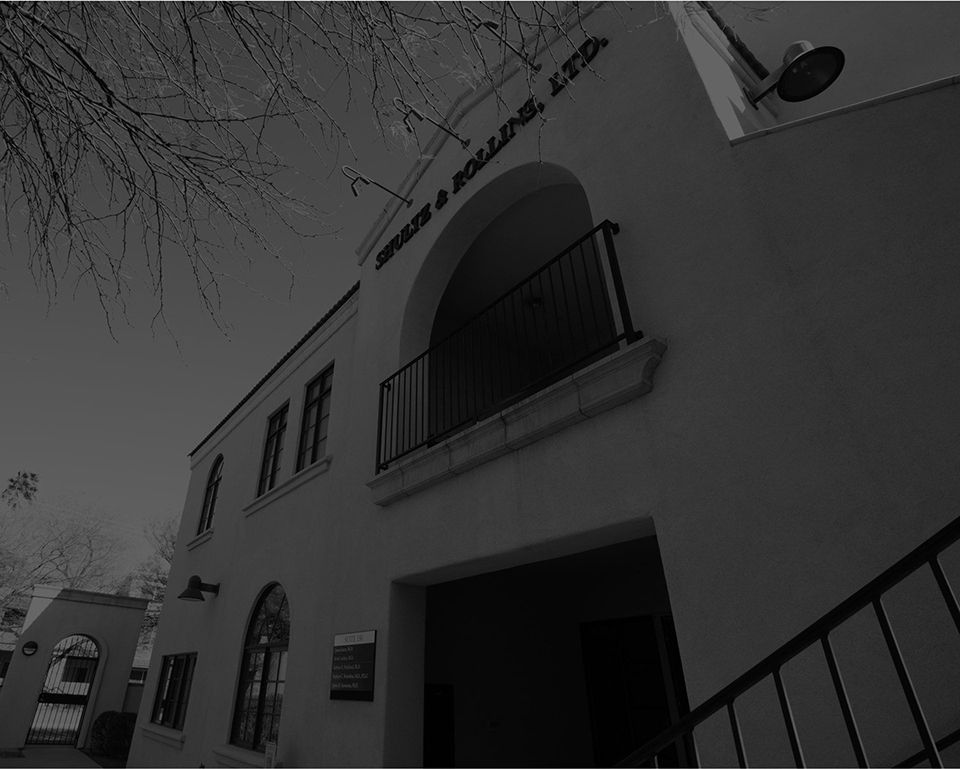A life-altering catastrophic injury can happen in a split second and without warning. These types of injuries have an enormous impact on the lives of the individual and their family.
Medical bills, surgeries, attendant care, rehabilitation therapy, as well as other necessities to care for the catastrophically injured, can add up to millions of dollars. While no amount of money can fully compensate an individual who suffers this type of injury, especially when one considers the financial difficulties, emotional distress, anxiety and physical pain, financial compensation for ongoing care and treatment is critical.
After a catastrophic injury such as a traumatic brain injury, spinal cord injury, paralysis or loss of a limb, the daily tasks once taken for granted now become major ordeals. At Shultz & Rollins in Tucson, AZ, our job is to ensure that the catastrophically injured and their family receive a full and fair settlement or verdict so they have the financial means necessary to live a dignified life under their circumstances.
The causes of catastrophic injuries are numerous. They can be caused by:
The effects of these injuries may include a loss of movement, sensation, communication, cognitive abilities, respiration and other vital bodily functions.
Every 23 seconds, a person sustains a traumatic brain injury (TBI) in the United States, leaving many patients with substantial cognitive impairment and epilepsy. This is a common type of catastrophic injury.
TBI, also called acquired brain injury, occurs when a sudden external force or impact causes damage to the brain. There are two types of damage that can be sustained: focal – which is confined to one area of the brain - or diffuse – which involves more than one area of the brain.
TBI can result from either a closed head injury or a penetrating head injury. A closed injury occurs when the head suddenly and violently strikes an object which does not break through the skull. A penetrating injury occurs when an object pierces the skull and enters brain tissue itself.
Fourteen percent of all traumatic brain injuries and nineteen percent of all TBI-related deaths in the United States are due to transportation accidents involving automobiles, motorcycles, bicycles, and pedestrians. These types of accidents are the major cause of TBI in people under age 65. For those 65 and older, falls cause the majority of TBIs. Approximately nine percent of TBIs in the United States are due to violence, such as firearm assaults and child abuse.
Each year approximately 2,800,000 people experience a TBI and roughly 50,000 people die from their head injury. Of those injured, about 2,500,000 people are treated in hospital emergency rooms, and approximately 282,000 are hospitalized and survive.
More than 5.3 million Americans alive today have had a TBI resulting in a permanent need for help in performing daily activities. Survivors of TBIs are often left with significant cognitive, behavioral, and communicative disabilities, and some patients develop long-term medical complications, such as epilepsy.
Management of catastrophic injuries is complex and often requires the expertise of numerous health care professionals, including physicians, life care planners, vocational rehabilitationists, nurses, therapists and mental health professionals.
These types of injuries often result in long-term limitations or permanent disability such as quadriplegia, paraplegia or loss of cognitive functioning – making it nearly impossible or in some cases, impossible, to return to work. This results in significant damages, including lost wages and lost earning potential, in addition to the medical expenses and costs associated with lifetime attendant care.
© Shultz & Rollins, LTD. All Rights Reserved. Web Design & Internet Marketing by Studio III
Personal injury Attorneys serving Tucson and Yuma, Arizona
Get Started Send Us A Message

